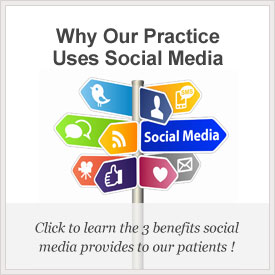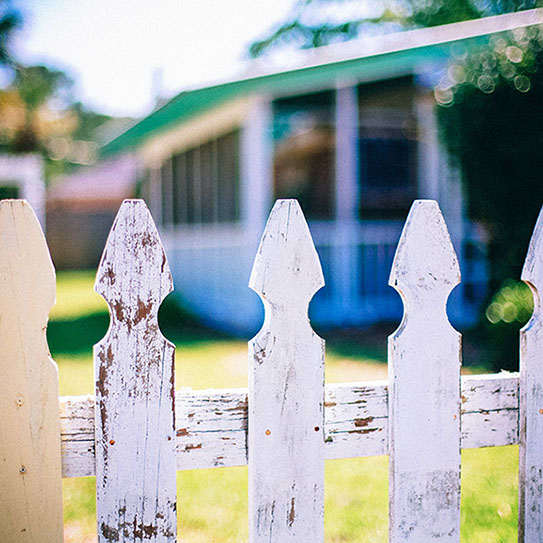A Patient’s Guide to Finding a Good Dentist

PEOPLE MIGHT NEED to find a new dentist for all sorts of reasons. Maybe they moved to a new city. Maybe their old dentist retired. Maybe they’re new parents and need to find a dentist for their child. Whatever the reason is, we recommend not waiting until an urgent dental health emergency pops up before finding a dentist that fits your needs. Here are five important factors to keep in mind when searching for the best dentist for you.
1. Location, Location, Location!
How close is the practice to your home? To your child’s school or where they play sports? To your workplace? Make sure the distance isn’t so great that making it to twice-yearly checkups will become a major inconvenience. It’s a good idea to decide on a radius that seems doable for you and your family, then determine who the best dentist is within that radius. On the other hand, there might be a dentist slightly farther away who is still worth it for other reasons!
2. Reputation Matters
What kind of reviews does the dentist have? What are their other patients saying about them? Check out the Yelp and Google reviews and maybe ask around your neighborhood, coworkers, and friend group to see if anyone you know is familiar with that particular dentist. While there can sometimes be hidden gems, a lot of good feedback is generally a positive sign.
3. What Specialties Can They Claim?
A dental practice that operates close to you and has fantastic reviews might still not be right for you if they don’t offer some of the services you think you’re likely to need. How good are they with child patients? Do they offer cosmetic treatments? How much experience do they have with root canal therapy or treating gum disease? Do some research into a dentist’s specialties to see if they’re a good fit.
4. How Well Do They Fit Your Budget?
Sometimes a dentist’s only flaw is the cost of their services in comparison to your budget, or that they aren’t in your dental insurance network. It’s still important to find a dentist for regular appointments in this case, because those checkups are much easier on a budget than a serious dental problem that could’ve been caught and treated cheaply in an early stage. Finding a budget-friendly dentist is an excellent investment, both financially and in terms of dental health.
5. Patient Comfort
If you aren’t comfortable around a dentist or within their practice, then the other factors might not matter much to you. It’s a good idea to pay a practice you’re considering an early visit just to get a sense of the place and the staff. A good dentist will always prioritize patient comfort, especially considering how many patients struggle with dental anxiety!
Meanwhile, keep up those oral hygiene habits!
We Look Forward to Meeting You!
If you weren’t sure how to start looking for a great dentist before, we hope we’ve given you a few ideas of where to begin! If you want to learn more about our practice, just give us a call or stop buy. We’re happy to answer any questions you may have!















My daughter and I love going to see Dr Aparna Sadineni and her professional staff. We never have to wait and the staff knows us like a second family. I highly recommend this office!